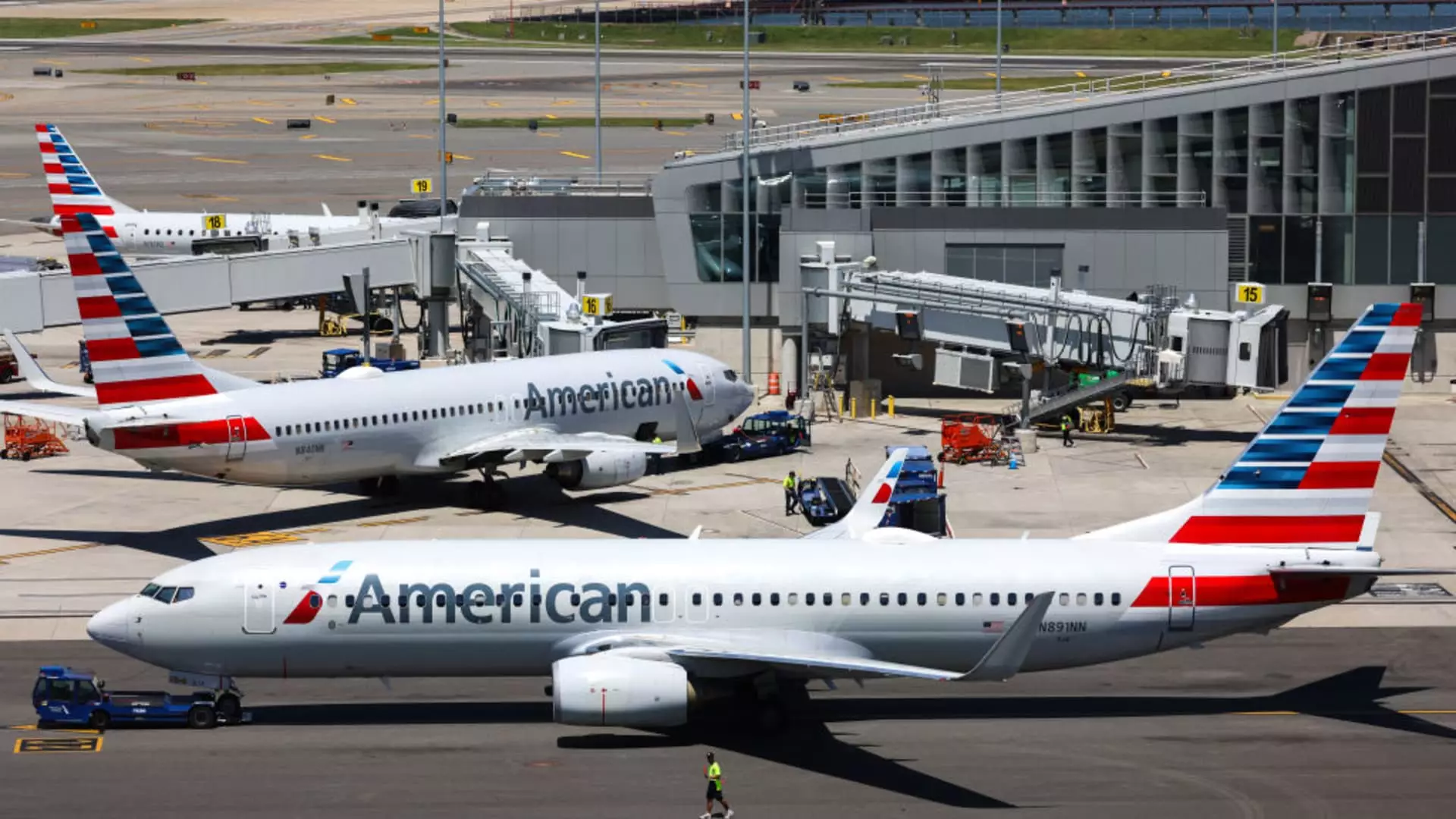In a significant development within the airline sector, American Airlines is reportedly engaged in negotiations to appoint Citigroup as its sole credit card partner. This decision implies the potential termination of its longstanding partnership with Barclays, a relationship that originated from the merger between American Airlines and US Airways in 2013. The ongoing discussions reflect American Airlines’ strategic intent to consolidate its credit card partnerships to enhance revenue from its loyalty program, an integral component of the airline’s business model.
For months, American Airlines has been evaluating options with various banking institutions and card networks to develop a new, long-term partnership. By selecting a single issuer, the airline aims not only to streamline operations but also to maximize revenue opportunities from its loyalty initiative. Competitive co-brand credit card arrangements are becoming increasingly sophisticated and contentious; as airlines seek to boost their earnings, they are negotiating more favorable terms, which often involves securing a larger share of revenue derived from card-related fees and interest.
The landscape for such agreements is indeed competitive, with banks recognizing the immense opportunity that comes from a connection to millions of loyal airline customers. However, this attractiveness is countered by the challenges banks face, such as increasing credit losses and regulatory scrutiny that puts downward pressure on profit margins. Thus, as American Airlines enters discussions with Citigroup, it is crucial to consider the broader implications of this decision on its business model.
Airlines depend heavily on their co-brand credit card partnerships, particularly during challenging times like the COVID-19 pandemic when traditional revenue streams waned. These arrangements serve not just as a source of income but also play a vital role in customer retention and engagement. Customers who earn miles through spending on co-branded cards tend to remain loyal to the airline when it comes time to make travel decisions.
Interestingly, the growth trajectory of card spending has significantly surpassed that of passenger revenue in recent years. American Airlines, which boasts one of the largest loyalty programs in the industry, still finds itself trailing Delta Airlines regarding accumulated revenue from credit card transactions. Delta captured nearly $7 billion through its partnership with American Express, eclipsing American’s $5.2 billion from its own card endeavor. The competitive landscape reinforces the necessity for American Airlines to reassess its partnerships to remain viable.
While the negotiations with Citigroup are ongoing, they are not without potential roadblocks. There exists the possibility that federal regulatory authorities, such as the Department of Transportation, might intervene. Such regulatory scrutiny could delay or even jeopardize the agreement, forcing American Airlines to continue its partnership with Barclays, a less lucrative option. The implications of such hurdles could hinder American’s ambitions to streamline operations and increase revenue.
The current arrangement between American Airlines and its credit card partners emerged as a unique scenario where both Citigroup and Barclays served distinct roles. However, with these negotiations moving forward, Citigroup appears to be in a more advantageous position to take over the primary credit card business for American. With a profitable clientele exhibiting higher spending tendencies and lower default rates, Citigroup seems well-positioned to enhance the airline’s credit card revenue.
Should the deal with Citigroup materialize, it would lead to a substantial transformation in American’s credit card strategy. Experts suggest that any new contract is expected to span between seven to ten years, allowing Citigroup enough time to recuperate anticipated investments in migrating customers and other enhancements to service offerings.
CEO Jane Fraser has embarked on an ambitious strategy to boost Citigroup’s profitability within the card business. The bank is actively seeking growth in partnerships, positioning itself as a key player in the lucrative co-branding market. Meanwhile, Barclays is recalibrating its strategy, indicating intentions to diversify its portfolio, signaling an industry shift where engagement may extend beyond the airline sector.
As American Airlines navigates through its partnership discussions, the stakes are high. With both banks and airlines reassessing their strategies to maximize profitability, the outcome of these negotiations could serve as a long-term model for partnerships across the industry. This venture stands to enhance American’s foothold in a fiercely competitive market and highlights the critical nature of co-brand credit card arrangements in sustaining airline profitability in an ever-evolving economic landscape.

